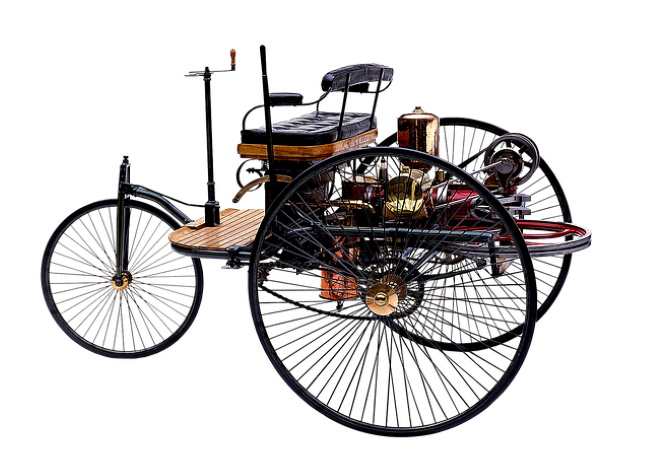Patent, trademark, utility model or design? We explain what inventors should know if they want to protect their creation.
The thing is clear: you can discover laws, natural phenomena or new planets. But try to register a new constant for a patent. An invention is a device or method that is based on the intellectual performance of a developer. The thing must have grown, so to speak, on his “own crap”. It is his intellectual property. If the invention can also be used commercially, it can be protected by law. This is done by registering with the Patent Office – in various forms depending on the type of invention.
There is a good reason for that. Because the development of a technology is usually very complex. It costs time and money that hardly anyone would invest if everyone could take advantage of the result.

Image source
What is the difference between patent, brand, utility model and design?
The patent is a document that certifies that the inventor is the sole owner of his invention. This means that no one can reproduce, sell or otherwise use them without his consent.
The experts of the German Patent and Trademark Office carefully examine the invention according to various criteria. Once granted, the patent is initially valid for three years. After that, annual fees are due to extend patent protection to a maximum of twenty years. After this period, the patent expires automatically and the content becomes public domain.
The utility model is the faster and cheaper variant of patenting. The time-consuming examination by the Patent Office does not take place before but after the application. As with the patent, the protection is initially valid for three years. It can be extended to a maximum of ten years. The shortened procedure means that the utility model is not as secure as the patent and can be more easily challenged by other inventors of similar technologies under patent law. Technical and chemical processes cannot be protected as utility models.
The brand is the “business card” of a service or product on the market. This can be a company logo, a lettering, certain words and numbers or a special sound. After registration, the trademark is protected for ten years and can be extended for a further ten years after this period.
The registered design (formerly design) concerns the so-called appearance of a product. It includes the individual lines, contours, colors, the shape, surface structure and the material of the product to be protected or certain product parts. Graphic symbols can also be protected. A registered design is protected for 25 years if the fees due every five years are paid.
What should be considered during the application process?
There is a ready-made application form for applying for a patent at the German Patent and Trademark Office. The application must be accompanied by documents describing the invention. Clarity and accuracy are particularly important. On the basis of these documents, an expert should be able to understand the invention and recognize its novelty. In contrast to many other official applications, the application must be submitted to the Patent Office completely and fully prepared. Nothing can be added there. It is therefore advisable to seek advice from a patent attorney before filing a patent.
The German Patent and Trademark Office distinguishes between an electronic application and a paper application. A patent application with up to 10 claims costs 40 euros. A patent application in paper form with up to 10 claims costs 60 euros.
Novelty
A novelty is what is clearly distinguishable from the current state of the art. That means that neither the patent office nor the public should know anything comparable.
Inventive achievement
However, to turn an idea into an invention requires more than just an inconspicuous improvement of an existing product. An inventive step is at hand if not every other specialist would have easily come up with the same idea. Inventions are divided into two categories. Those of the first degree of innovation represent significant improvements or additions to existing products. Those of the second degree of innovation are completely new inventions that are not obviously derived from existing products or ideas.
Commercial usability
To have an invention protected as a patent, it must be commercially usable. In principle, this applies to every technical innovation, but excludes certain inventions. For example, medical surgical methods and treatment procedures are more difficult to patent. The patenting of dangerous or immoral inventions is also excluded.
Does my invention already exist?
Searching for existing licenses, patents and entries that can lead to the rejection of your own application is very complex. However, it can save many problems and bring new insights. It is also important to explore the state of the art. Is the invention really new, or is there something comparable? In addition to the different countries and the different languages, the various patent classes play a role. The help of a specialist should be sought here. Professional help for a first overview is available in patent issuing offices and patent information centers. The service is partly chargeable. A complete search for technical or content overlaps in the vast number of already registered patents costs around 250 euros at the Patent Office and takes four months in the best case. However, patent attorneys or specialist companies can also be commissioned to do so.
How to Protect Your Invention by a Patent,


